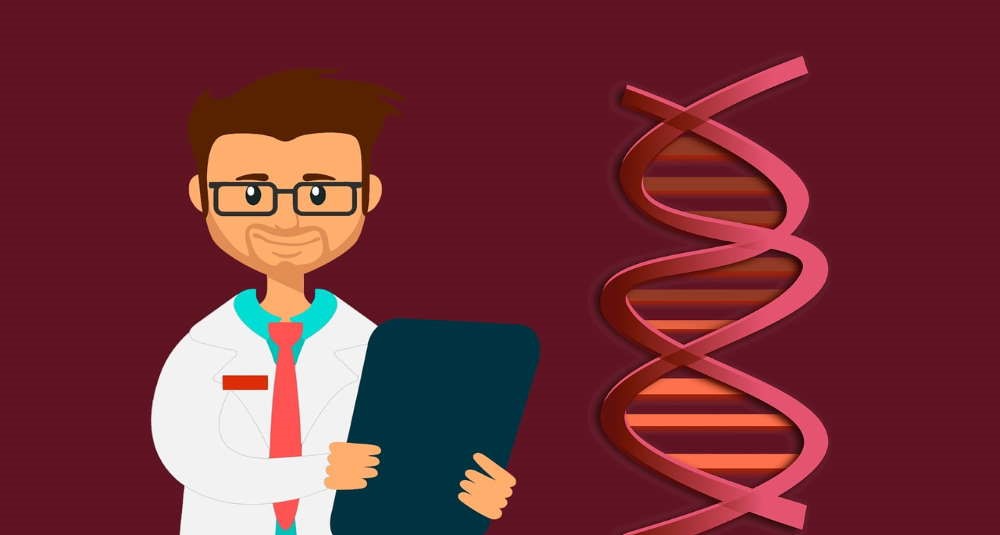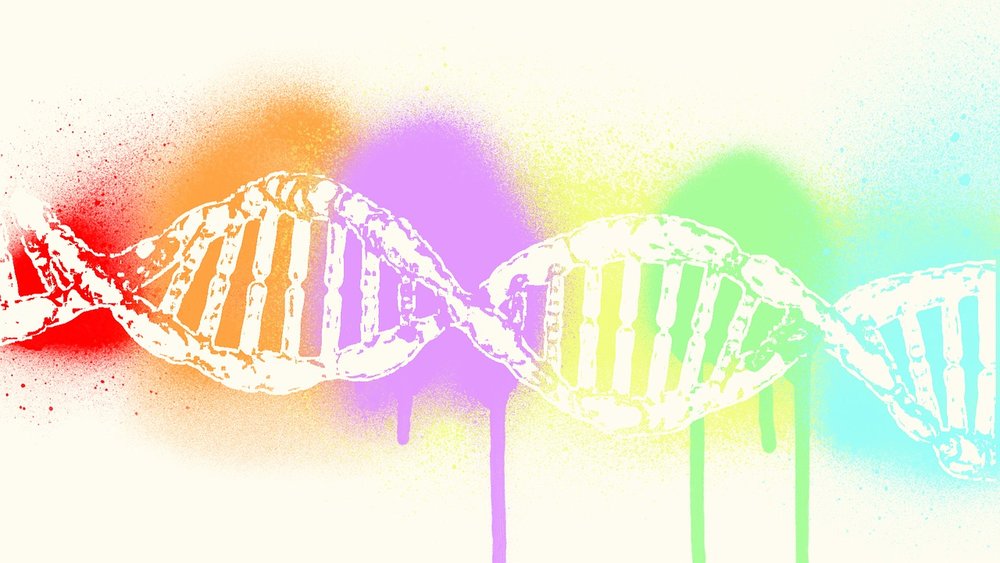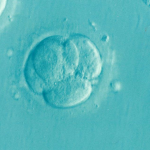Researchers from China have modified an Artemisia annua genetic sequence to produce a higher level of a potent antimalarial compound, artemisinin. The group identified genes involved in making artemisinin in Artemisia annua and altered their activity to produce three times more drug than usual. Their work will help to meet the large global demand for artemisinin, which is also used to treat cancer, tuberculosis, and diabetes.
Just in 2016, malaria affected approximately 216 million people in 91 countries and caused an estimated 445,000 deaths worldwide. Plasmodium falciparum is the most prevalent malaria parasite on the African continent and is responsible for most malaria-related deaths globally.
Probably the best available treatment for malaria is artemisinin-based combination therapy. Up until now, the supply of artemisinin was very limited. This medicinal compound typically makes up only 0.1%-1.0% of the dry leaves weight of the Chinese shrub Artemisia annua, commonly known as sweet wormwood.
This year on April 25, World Malaria Day reminded on 7 decades-long fight with this disease. In a study published by April 24 in the journal Molecular Plant, researchers report a sequenced genome of A. annua and their progress.
“Nearly half of the world’s population is at risk of malaria,” senior study author Kexuan Tang of Shanghai Jiao Tong University said for ScienceDaily. “Our strategy for the large-scale production of artemisinin will meet the increasing demand for this medicinal compound and help address this global health problem.”
In the past, researchers have developed metabolic engineering strategies to enhance the expression of artemisinin biosynthetic pathway genes, but their efforts failed. Primer problem was a focus on modifying gene expression only upstream or downstream of the artemisinin biosynthetic pathway. The main obstacle for metabolic engineering strategies has been the lack of reference genome sequences as well as limited information about the genes involved in regulating artemisinin biosynthesis.
To face these challenges, Tang’s group generated a high-quality draft assembly of the 1.74 gigabase A. annua genome, which contains 63,226 protein-coding genes. It took years to complete one of the largest and most complex genome sequenced today. Additionally, the study provides important information about Asteraceae, one of the largest families of plants consisting of more than 23,600 species of herbs, shrubs, and trees distributed throughout the world.
“A major impediment to the exploitation of the Asteraceae resources in basic and breeding sciences has been the absence of reference genome sequences; to date, only the sunflower and chrysanthemum genomes have been released,” said Tang. “The A. annua genome and transcriptome data we provide here will be a valuable asset for fundamental biological research on plant evolution and other topics as well as applied breeding programs.”
A new study set to finally uncover the mystery behind the entire metabolic pathway involved in artemisinin biosynthesis. Researchers analyzed protein-coding genes and gene expression patterns so the sophisticated regulatory networks were revealed. Three novel genes, HMGR, FPS, and DBR2, involved in regulating artemisinin biosynthesis were identified based on the genomic and transcriptomic data. By simultaneously increasing the activity of three genes they generated A. annua lines that produced high artemisinin levels with 3.2% of the dry weight of the leaves.
Tang and his coworkers were encouraged and made one step forward. They have sent artemisinin-rich seed samples to Madagascar for a field trial. Their goal of developing A. annua lines of which leaves contain 5% artemisinin, might not be so far away.
“We hope our research can enhance the global supply of artemisinin and lower the price from the plant source,” said Tang. “It is not expensive to generate high-level artemisinin lines. We have propagated hundreds of high artemisinin producer lines via cutting and selection and scaled up the production of these plants. Hopefully, our high artemisinin transgenic lines will be grown at a massive scale next year.”
Another possible solution for treating malaria has shown good results. Dried leaves of the plant A. annua can cure even drug-resistant malaria. This promising technology could be more widely available, cheaper and easier to produce for treating malaria and other diseases in the developing world.
Learn more about artemisinin production in the Madagascarin the video below:
In 2015, scientist Youyou Tu won Nobel Prize for ancient Chinese remedy. Learn more about it in the video below:
By Andreja Gregoric, MSc











